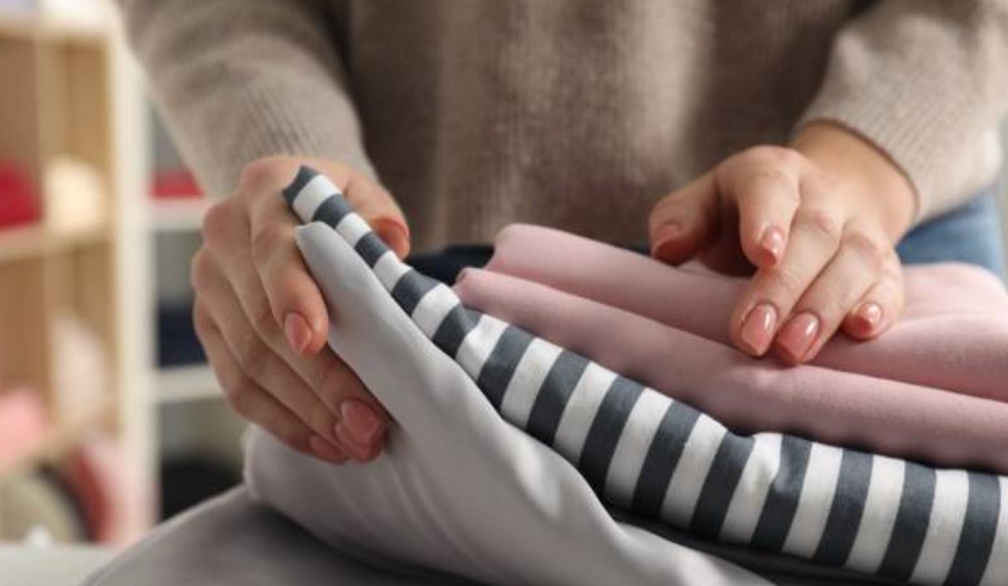Rising Popularity of Linen and Cotton Fabrics

Linen and cotton are becoming popular within modern craft due to their great versatility and durability. Increasingly, natural fibres appear to become more popular among crafters because they are aesthetically pleasing and eco-friendly. Linen and cotton evoke a sense of timelessness when creating clothing, home decor and accessories. The community of crafts appreciates their ease of use and merging with different materials. These materials also promote ecological processes, which appeals to the environmentally conscious craftspeople. With the growing interest in traditional crafting processes linen and cotton remain important to the movement.
From Farm to Fabric: How Linen and Cotton Are Produced
Linen and cotton fabrics start off as crops farmed for fibres. Cotton is extracted from the puffy seed coats of the cotton plant. Flax plants provide the stalks whose fibres are used in making linen. Linen cottons fabrics are removed from seeds and then cleaned in a process called ginning. Flax stalks are retted; this is a process where the outer coverings of the stalks are stripped away to expose the interior fibres. After washing and processing, both fibres are spun into threads and ready for weaving. Cotton is mostly machine-processed, whereas linen requires more traditional techniques. Dyeing and finishing processes prepare fibres for use in a variety of crafts. Sustainable farming methods improve fibre quality while reducing environmental effect during production.
The Science Behind Linen and Cotton: Why These Natural Fibres Excel
The Linen cotton fabrics shine because of the nature that makes them work perfectly for a wide range of imaginative projects. Cotton fibres are soft, tough, and absorbent; they are good for clothing and household fabrics. It preserves dye well and so lets wonderful colors and patterns appear in imagination designs. Linen is valued for durability, not retaining moisture, and stays cool even on warm seasons. When compared with other synthetic fabrics, long fibres of this fabric yield a more smooth texture as well as a stronger material. Both fibres are lightweight and airy, making them excellent for summer clothing and light crafts. People with sensitive skin can benefit from their hypoallergenic properties.
When opposed to their synthetic competitors, linen and cotton decay naturally and have fewer negative environmental effects. Their adaptability can be combined with other fibres to increase their durability and appeal. Gentle washing and air-drying will keep their quality for years. The mild rigidity of linen and the softness of cotton provide clear contrasting textures in mixed fabric patterns. Known scientific properties help craftspeople improve judgment while making decisions for their work.
The Art of Mixing Textures: Combining Linen, Cotton and Other Fabrics
Mixing linen with cotton material enables the art to experience various textures, as well as visual effects. There is the crispness of linen blending with softness of cotton with the most vibrant contrasts of both in clothing, blankets, or upholstery. They also merge well with silk, wool, or synthetic fibres by enhancing usability and aesthetic aspect. An example of which is seasonal accessories like blended linen and wool that are both warm and breathable. Cotton blends with polyester raise resistance to wrinkles while allowing comfort levels for daily purposes. Colour coordination is also critical when coming up with visually appealing mixed fabric patterns. Contrast of natural linen and cotton colors with bright fabrics offers depth to designs. In turn, textural layering raises the tactile appeal of completed products and makes them more desirable.
Seam techniques such as French seams should be used when combining textiles to give longevity and neat finishes. Depending on the fabric, special thread types or sewing machine functions might be required to create a product of superior quality. Quilters also sometimes employ embroidery or appliqué to finish mixed-fabric products. Linen cottons fabrics make possible objects that are as aesthetic, comfortable, and useful as needed by artists. Mixing linens and cotton with other fabrics frees all the potential of the creating world.





